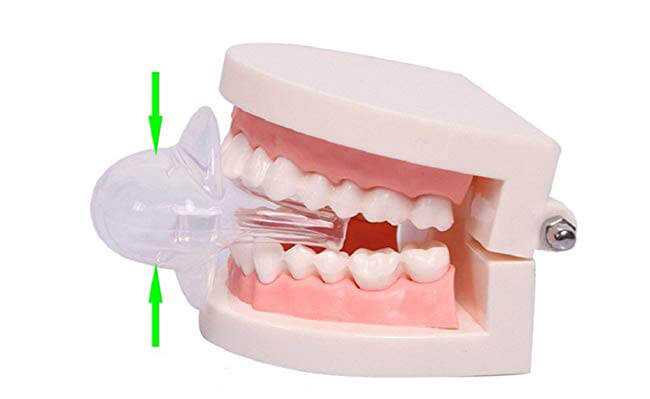The Tongue Retaining Device Market comprises oral appliances that are worn during sleep to open the airway and alleviate symptoms of mild to moderate sleep apnea. This involves holding the tongue in place using straps or cushions to prevent its collapse and blockage of the airway. Many tongue retaining devices can reduce snoring and daytime sleepiness by stabilizing the jaw and tongue position.
The Global Tongue Retaining Device Market is estimated to be valued at US$ 578.8 Mn in 2024 and is expected to exhibit a CAGR of 10% over the forecast period from 2024 to 2031.
Key Takeaways
Key players operating in the Tongue Retaining Device Market include AveoTSD, ZYPPAH, Good Morning Snore Solution, VitalSleep, SnoreRx, SnoreMender, SleepPro, Airway Management, Apnea Sciences Corporation, SomnoMed, Respire Medical, TheraSnore, SleepTight Mouthpiece, Oventus Medical, AccuMED Technologies, ResMed, ZenSleep, BluePro.
The growing Tongue Retaining Device Market Demand awareness about the ill effects of untreated sleep apnea and availability of clinical evidence validating the efficacy of oral appliances in controlling mild to moderate forms of the condition have boosted the demand for tongue retaining devices. Many patients find these to be more comfortable alternatives to CPAP machines.
Manufacturers are also expanding their overseas operations in regions with large pools of undiagnosed sleep apnea patients such as Asia Pacific and Latin America. The strategic focus is on ensuring easy access and improving the affordability of tongue retaining devices in developing economies.
Market Key Trends
One of the key trends gaining traction in the Tongue Retaining Device Market is the increasing emphasis on developing sustainable products made from recyclable or biodegradable materials. This is in response to the huge amounts of non-biodegradable plastic waste generated by disposable oral appliances. Leading companies are investing in renewable resources and modern manufacturing techniques to offer eco-friendly tongue retaining solutions.
Porter’s Analysis
Threat of new entrants: It is relatively easy for new manufacturers to enter this market as the basic manufacturing process does not involve highly sophisticated technology. However, establishing brand awareness and competing against existing key players will be challenging for new entrants.
Bargaining power of buyers: The bargaining power of buyers is moderate. While there are a considerable number of tongue retaining device brands available, buyers do not have significant influence over prices as Tongue Retaining Device Market are generally considered to be inexpensive medical devices with established manufacturing costs.
Bargaining power of suppliers: The bargaining power of suppliers is low to moderate. While raw material suppliers hold some power over manufacturers, the availability of substitute materials keeps supplier power in check.
Threat of new substitutes: The threat of substitutes is high as other anti-snoring devices like oral appliances, nasal dilators, and CPAP machines can achieve the same outcome of reducing snoring. Substitute products may be preferable based on consumer preferences.
Competitive rivalry: The competitive rivalry in the tongue retaining device market is moderate to high as the market is moderately consolidated with the presence of multiple global and regional vendors. Market players compete based on product pricing, features, and marketing.
Geographical Regions
North America accounts for the largest share of the global tongue retaining device market, primarily driven by the availability of advanced healthcare infrastructure and greater awareness about sleep disorders. Asia Pacific is expected to witness the fastest growth over the forecast period due to a rapidly growing population, increasing health awareness, and improving access to healthcare services in emerging countries like India and China. Other major regions generating significant tongue retaining device revenues include Europe and Latin America.
The fastest growing regional market for tongue retaining devices is projected to be Asia Pacific due to rapidly expanding medical tourism industries, a surge in the prevalence of obesity and sleep apnea, rising disposable incomes, and improving access to insurance coverage in developing nations. Furthermore, increased investments by leading global manufacturers and private healthcare organizations to establish manufacturing and distribution hubs in Asia offer lucrative opportunities for market penetration.
*Note:
1. Source: Coherent Market Insights, Public sources, Desk research
2. We have leveraged AI tools to mine information and compile it.

